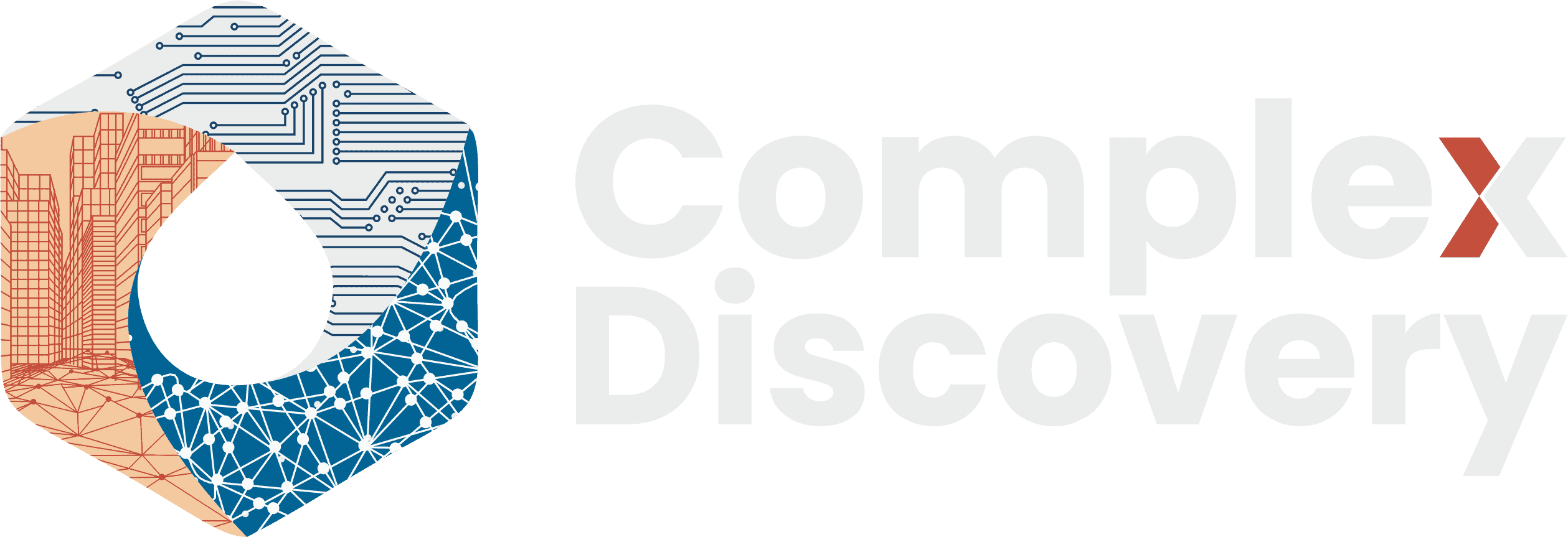|
|
Editor’s Note: Based on the importance of customer experience for eDiscovery businesses and the increasing investor activity in the data and legal discovery ecosystem, the following article extracts may be beneficial for both organizations and investors as they seek to understand the current thinking on customer satisfaction measurements, especially regarding the correlation between customer effort and customer loyalty.
It’s Time to Modernize Your Support Metrics
Extract from an article by Anand Rajaram as published by Network World
The good news is, there’s a lot of data coming into support organizations today through the many technologies and channels available. The bad news is all of this data can lead to metric overload. In the ever-changing customer support ecosystem, it can be difficult for managers to know which metrics really matter and where to focus for the best return.
It’s a good idea to periodically take a step back, look at the support metrics you’re tracking, and consider some newer metrics that may more accurately reflect today’s support center.
Typically, customer satisfaction metrics like Net Promoter Score and CSAT are used as a proxy for measuring CX. After all, it stands to reason that if customers are happy, they’re having a good experience. While it’s absolutely important to measure customer satisfaction, it’s equally as important to dig deeper into metrics that more accurately measure CX, especially as organizations increasingly focus on CX as a competitive differentiator.
We’ve seen a rise in tracking the Customer Effort Score (CES), where customers rate the amount of effort they have to invest when interacting with a business and getting their issues resolved on a 5-point scale from 1 (very low effort) to 5 (very high effort). Gartner Research shows that effort is the strongest driver to customer loyalty. And by tracking CES, you can make meaningful improvements to the customer experience to deliver higher-quality interactions and to drive costs down by decreasing repeat calls, escalations, and channel switching.
Read the complete article at It’s Time to Modernize Your Support Metrics
What’s Your Customer Effort Score?
Extract from an article by Jordan Bryan as published on Smarter with Gartner
Customer service and support leaders often find themselves squeezed between a rock and a hard place. Customers demand a quick and easy resolution when they contact the service organization. At the same time, service leaders face internal pressure to differentiate the company through the service they provide and build customer loyalty. The catch: Service leaders are asked to do more with the same or fewer resources.
Service organizations should strive to be low effort because effort is the driver with the strongest tie to customer loyalty.
To help you determine if your organization is high or low effort, CEB, now Gartner, created the Customer Effort Score (CES), a customer experience survey metric that enables service organizations to account for the ease of customer interaction and resolution during a request. By tracking CES (and what drives it), organizations can make the improvements that improve the customer experience.
“If you can only measure one thing, it should be effort,” says Sarah Dibble, executive advisor at Gartner. “Our research finds that effort is the strongest driver to customer loyalty.”
Read the complete article at What’s Your Customer Effort Score
Additional Reading
- NPS: You May Want to Know More About This Important Number
- Taking Marketing Seriously? Indicators, Impact, and Individuals
Source: ComplexDiscovery






















